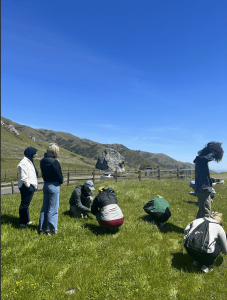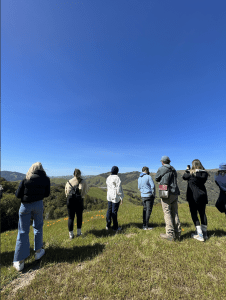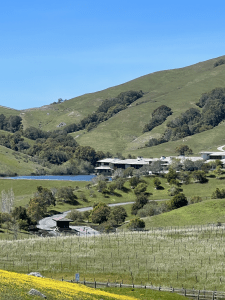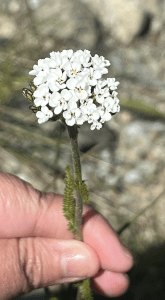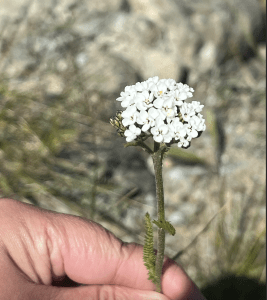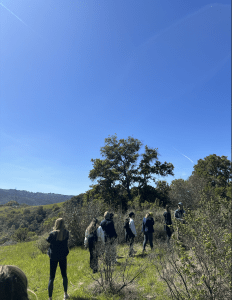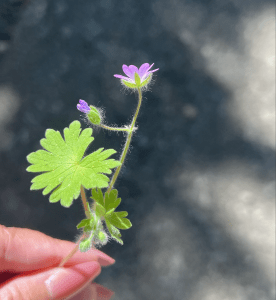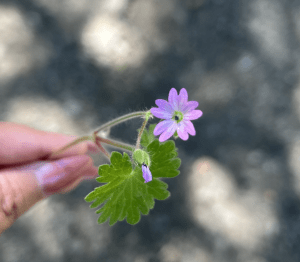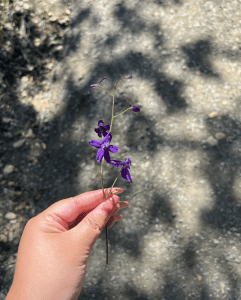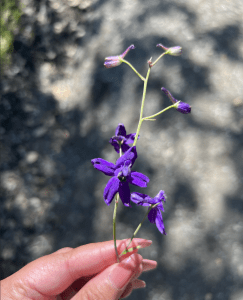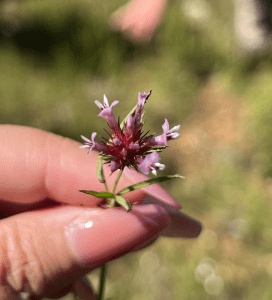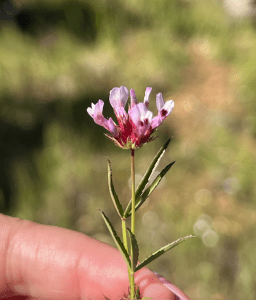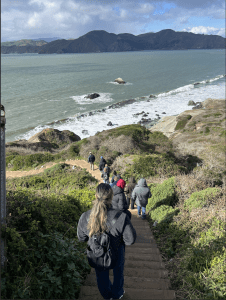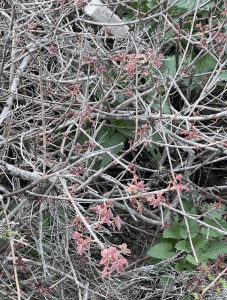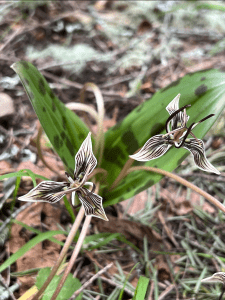


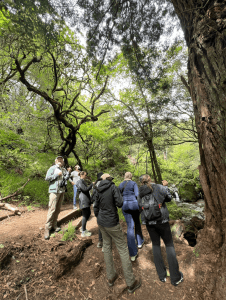
HEY GUYS! Sad to say this will be my last blog post for this semester 🥹. On May 4th, 2023 we set out on our final field trip for the semester. The destination: The breathtaking Steep Ravine Trail, that is located on the coast of Mt. Tamalpais. As we embarked on this 43-minute drive from the University of San Francisco, little did we know that we were about to immerse ourselves in a truly unforgettable experience. Undoubtedly, the trail lived up to its name, presenting us with a steep and challenging ascent. However, as always we persevered through the demanding hike, our efforts were rewarded by glimpses of vibrant California flora.
Throughout the course, being part of the USF botany class had been an immensely gratifying experience, and this field trip had undoubtedly been a highlight. Under the guidance of Professor Paul, we had not only expanded our understanding of plants and ecosystems but also formed lasting memories that would remain etched in our hearts.
With this in mind, below are some of beautiful plants we encountered on this field trip:
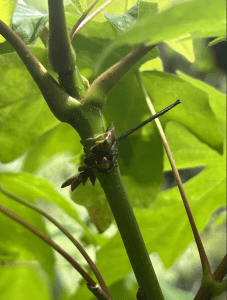
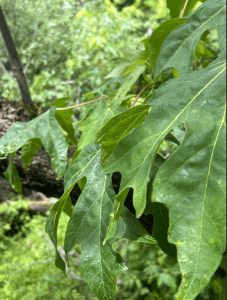
- Taxon: Acer macrophyllum
- Taxon Common Name: Big Leaf Maple
- Parent Taxon: Sapindaceae
- Description:
-
Habit: . Leaf & Stem: Leaves are deeply five-lobed, wavy teeth, shiny, dark green on top and paler underneath Flower: Small greenish-yellow, about 3 mm, hanging in clusters at the end of twigs. Fruit: the fruit consists of two winged seeds joined at the base. Seeds are hairy, 3-6 cm long.
-
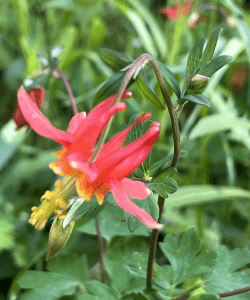

- Taxon: Aquilegia canadensis
- Taxon Common Name: Red Columbine
- Parent Taxon: Ranunculaceae
- Description:
-
-
Habit: Perennial, up to 3 ft. tall. Leaf & Stem: compound leaves, divided into rounded-lobes threes. Flower: A nodding, red, and yellow flower, wit upward spurred petals alternating with spreading, colored sepals, and numerous yellow stamens hanging below the petals.
-

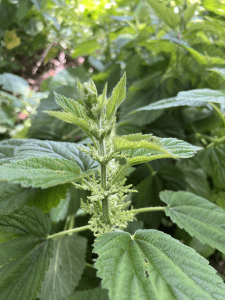
- Taxon: Urtica Dioicia
- Taxon Common Name: Common Nettle Sting
- Parent Taxon: Urticaceae
- Description:
-
Habit: Perennial. Leaf & Stem: toothed leaves are borne oppositely along the stem, and both the stems and leaves are covered with numerous stinging and non-stinging trichomes (plant hairs). Flower: The tiny green or white flowers are born in dense whorled clusters in the leaf axils and stem tips and are wind-pollinated Fruit: the fruits are small achenes
-








